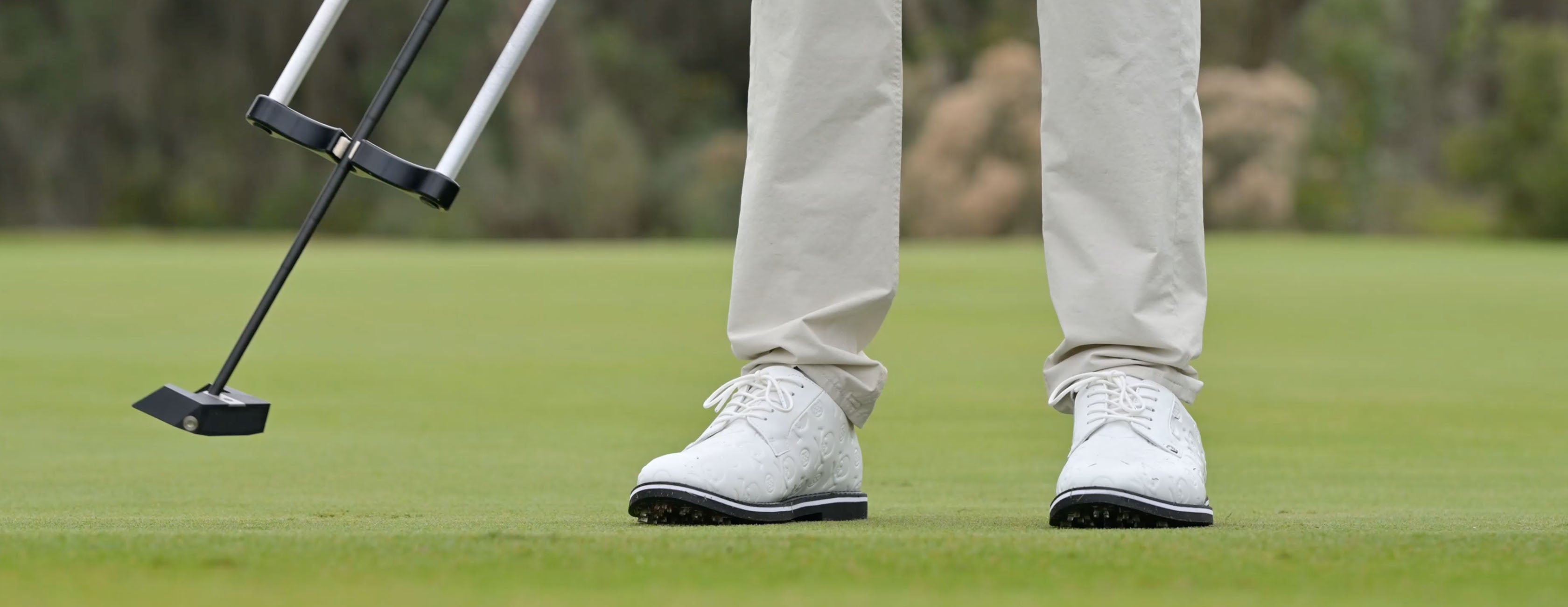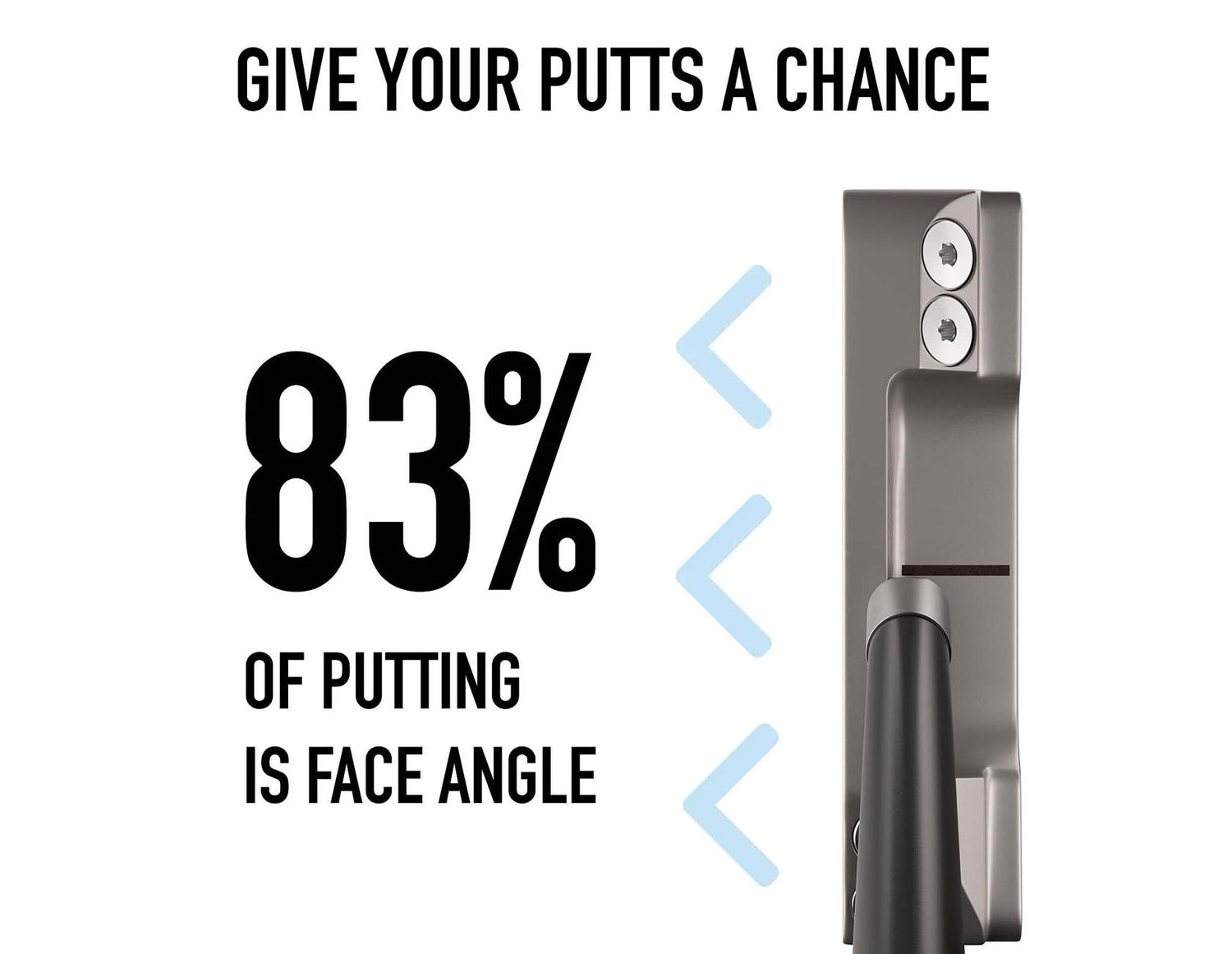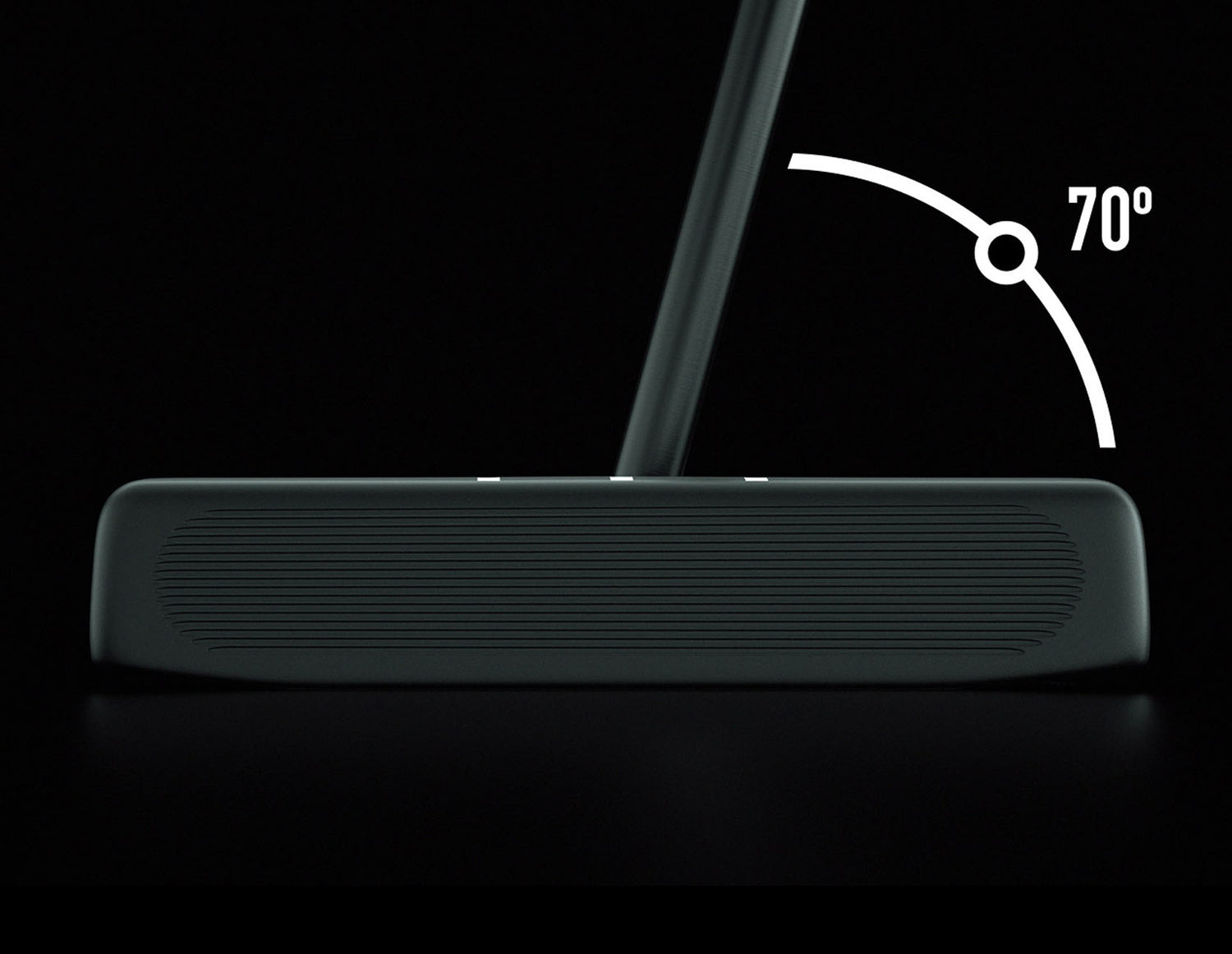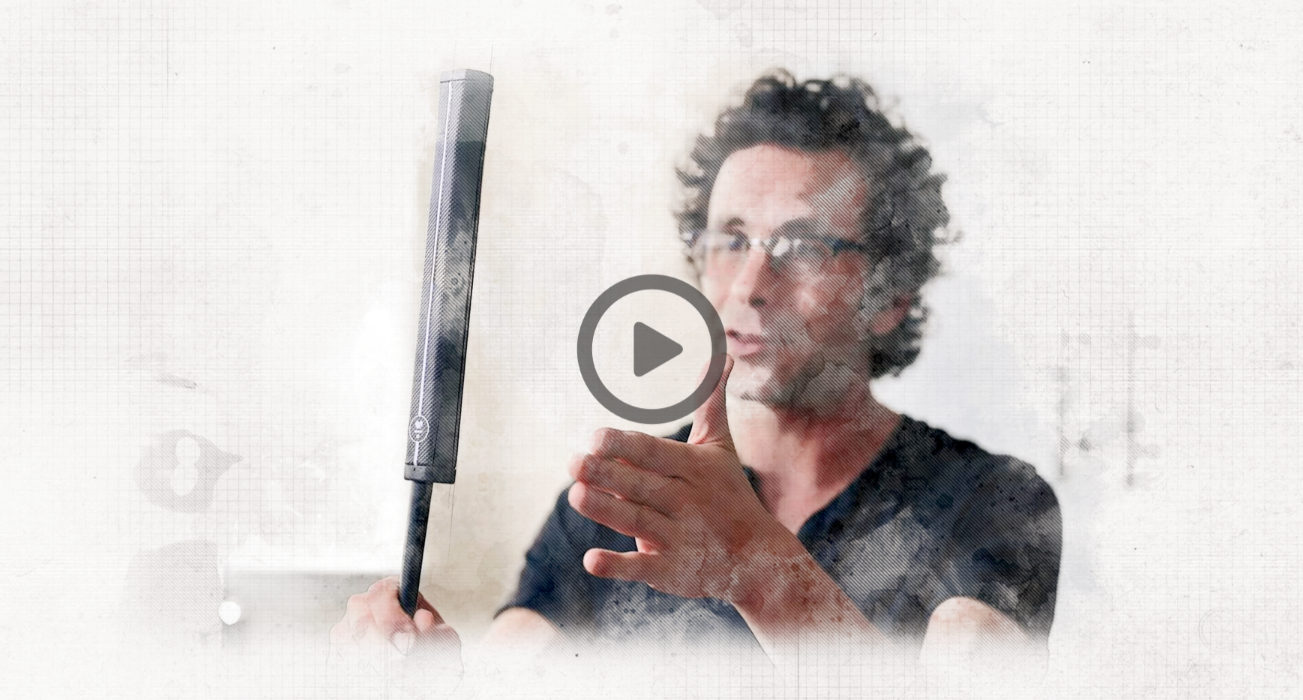
What Does Your Putter Do?
What does your putter do in The Revealer? In the first part of this video, L.A.B. Golf CEO Sam Hahn explains how The Revealer works and why it was created.
Starting at 2:25, Hahn shows what other putters do in The Revealer. We're guessing you're going to spot your putter or something that's really close.

Why Lie Angle Balance Matters
The hallmark of great putting is returning the putter face to “square” at impact, or perpendicular to the target line. That’s not our opinion; it’s science. The latest research shows that 83% of a putt’s starting direction is influenced by the direction of the putter face at impact. The other 17% is influenced by the path of the putter head.
Lie Angle Balance (L.A.B.) Technology makes it effortless for golfers to deliver a square putter face at impact because, unlike other putters, it keeps the putter face square to the arc throughout the stroke. It makes putting as easy as picking the right line, the right speed, and making your natural stroke.

Balanced For Your Stroke
Wouldn’t it be great to know that your putter was created to swing perfectly square to the arc of YOUR stroke? Not Nicklaus. Not Norman. And definitely not your Cousin Ned. Just you. And that’s what you get when you buy a L.A.B. Golf putter.
Through an in-person fitting or Remote (online) Fitting, a certified L.A.B. Golf Fitter will determine the exact length, lie angle, grip, shaft type, and alignment aids necessary to take your putting game to new heights. From there, we will build your putter to order with our proprietary Lie Angle Balancing process, which ensures that your putter is Lie Angle Balanced to your stroke.

A Forward Thinking Grip
The forward-press is an often misunderstood concept among golfers, and even golfers who understand it often find it difficult to execute. Success comes from leaning the shaft forward at impact to reduce loft, while at the same time contacting the ball with an upward putter path to encourage the truest possible roll.
L.A.B. Golf putters will perform with any putter grip, and our Press Grips work with any putter, but we see the best performance when they’re paired together. That’s because Press Grips are created with our built-in Forward Press Technology. It allows golfers to keep their hands vertical at address, allowing the angle of the grip to pre-sets the ideal shaft lean. This makes it instinctive for golfers to hit up through impact and create a pure end-over-end roll.
Press Grips are available in six different models that allow our fitters to perfectly match golfers with the optimal amount of forward press, as well as a grip shape that suits their feel preferences.